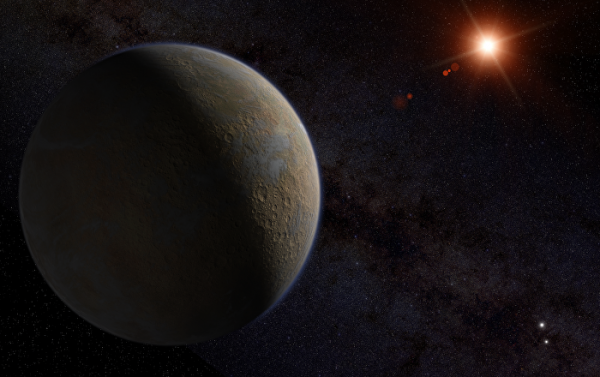
The first planet orbiting the nearest known star to the Sun was discovered in 2016 by the European Southern Observatory. Proxima b is said to be uninhabitable due to stellar wind pressure that exceeds Earth’s by 2,000 times.
Scientists say they have found evidence that a second planet could be orbiting Proxima Centauri, the Red Dwarf in the southern constellation of Centaurus and the closest one to Earth. An international team of researchers say that the planet dubbed Proxima c, belongs to the super-Earth type – planets with a mass higher than Earth’s, but substantially below that of giants like Neptune and Uranus – was detected after they decided to investigate a previous study that identified an unknown source of light. The data they studied covered a period of 17 and a half years.
Researchers claim that Proxima c could weigh six times more than the Earth and is likely to be composed of water ice and possibly a hydrogen/helium gaseous envelope. The scientists say that further research is needed to confirm the existence of Proxima c. If their hypothesis is right, the discovery could shed light on super-earths and will help astrophysicists to better understand how low-mass planets form around low-mass stars.
“We think that the astrometry from Gaia satellite is the main technique that will allow us to confirm or disprove the planet”, Damasso said. “We need to wait 2-3 years before Gaia data will be made public. In the meantime, longer-term radial velocity follow-up is indeed required, and we are investigating how much effort is necessary to make our detection more significant”, the scientists said in a statement.
Sourse: sputniknews.com






